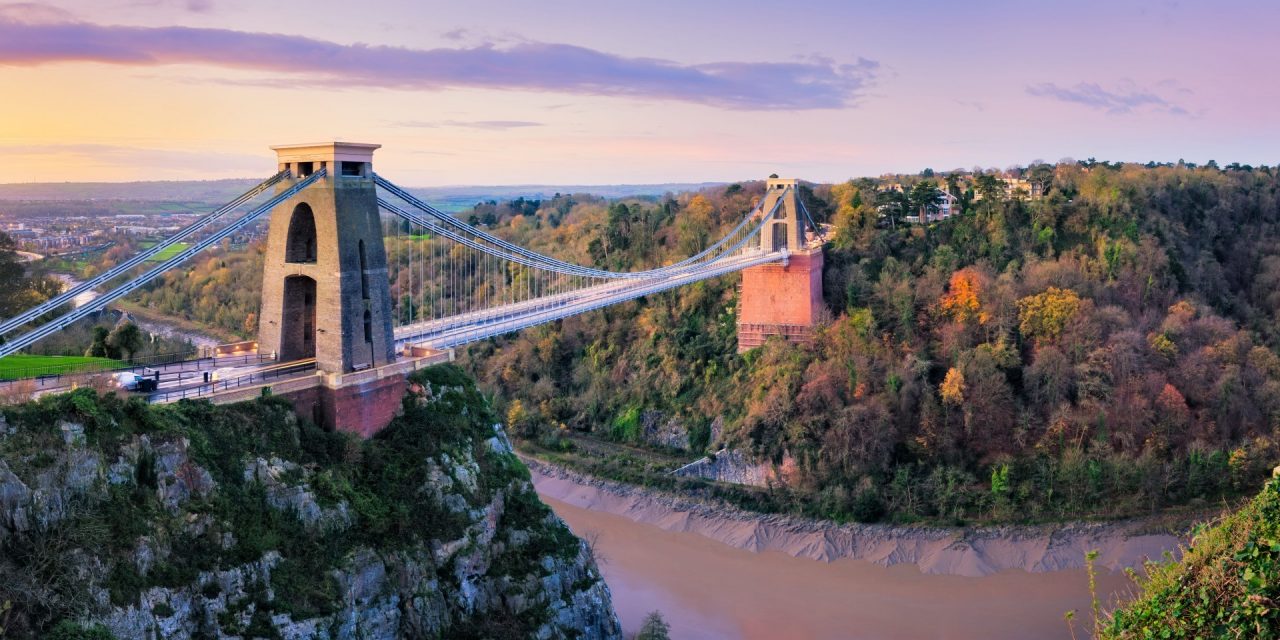Legend has it that once upon a time the islands of Great Britain and Ireland were united by a bridge made of basalt columns born from lava spewed from volcanoes deep below the Irish Sea.
According to legend, this kilometer-long walkway connected the Giant’s Causeway (in Northern Ireland, and a UNESCO World Heritage Site) with Finnegan’s Cave in Scotland.
These legends are back in the news after a debate in the United Kingdom about the construction of a bridge or tunnel connecting Scotland with Northern Ireland stretching for 12 miles (19 kilometers) across the deep waters of the Irish Sea, between violent currents and winds blowing from the Atlantic Ocean.
Prime Minister Boris Johnson has confirmed the government has commissioned a series of feasibility studies to verify the possibility of connecting the closest points between Scotland and Northern Ireland with an infrastructure that, if built would be unique in the world for its grandeur and complexity.
The idea was first proposed by Boris Johnson when he was Foreign Minister, and in 2018 was revived by Scottish architect Alan Dunlop, who put forward a plan to build a road and rail bridge between Portpatrick in Scotland and Larne in Northern Ireland. The distance itself is not insuperable, but the geological characteristics of the land, the environmental conditions as well as the depth of the sea all combine to make the project one of the most complex and visionary in the world.

A sea too dangerous for bridges
The stretch of sea that divides Scotland from Northern Ireland, and which has been identified as the best place to build an infrastructure link between the two islands, is certainly an inhospitable place. Not only because of the climatic and geological characteristics of the area, making the water exceedingly deep, but also because this stretch of sea because a sort of large warehouse where millions of tons of unexploded munitions were abandoned starting at the end of World War II. The United Kingdom’s Ministry of Defense has reconstructed how between the end of the World War II and the mid-1970s, the sea between the two coasts was used as a dump not only for traditional munitions, but also for chemical weapons and radioactive waste.
Thus, cleaning up that stretch of sea has become one of the biggest challenges of the plan to build a bridge connecting the two shores, according to explosives experts and marine scientists. As Margaret Stewart, a scientist with the British Geological Survey, explained to CNN: “We have very strong currents around there. What you don’t want is to clear an area around the bridge, only for it to over time have migrated munitions move up against the base of the bridge.”
The floating bridge solution
One of the projects presented and being examined by the British authorities was designed by the architect Alan Dunlop. His “Celtic Crossing” is a floating bridge that reaches a length of 45 kilometres (28 miles) anchored to the seabed by cables and kept afloat by pontoons. The inspiration comes from the floating oil barges in the Gulf of Mexico, also anchored to the seabed with cables up to 1,000 metres (3,280 feet) long.
Similarly, another example used by Dunlop is the Norwegian Coastal Highway, the $40 billion (€33.8 billion) project which uses floating bridges in a highway that will cross northern Norway for over 1,000 kilometres (621 miles) of fjords and high mountains.
According to Dunlop’s initial analysis, an investment of approximately $28 billion (€23 billion) would be required to turn the “Celtic Crossing” project from dream to reality.
In the same way, however, other countries such as China have demonstrated that – even over such considerable lengths – bridges can be built using traditional methods. The Hong Kong-Zhuhai-Macau Bridge, for example, is 48.3 kilometres (30 miles), making it the world’s longest bridge over water. In this case, the entire structure consists partly of cable-stayed bridges, and partly of an underwater tunnel, and the overall route is interrupted by four artificial islands.
There are examples elsewhere in the world, therefore, but none of them have the same characteristics of this unique stretch of sea that divides Scotland from Northern Ireland. If the technical problems could be overcome, and if the political positions of “unionists” and “separatists” will find a way to meet in the middle, then this record-setting bridge could be transformed from a project to reality.

